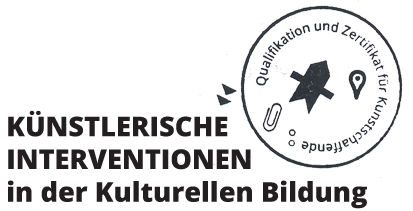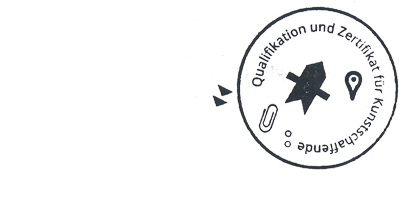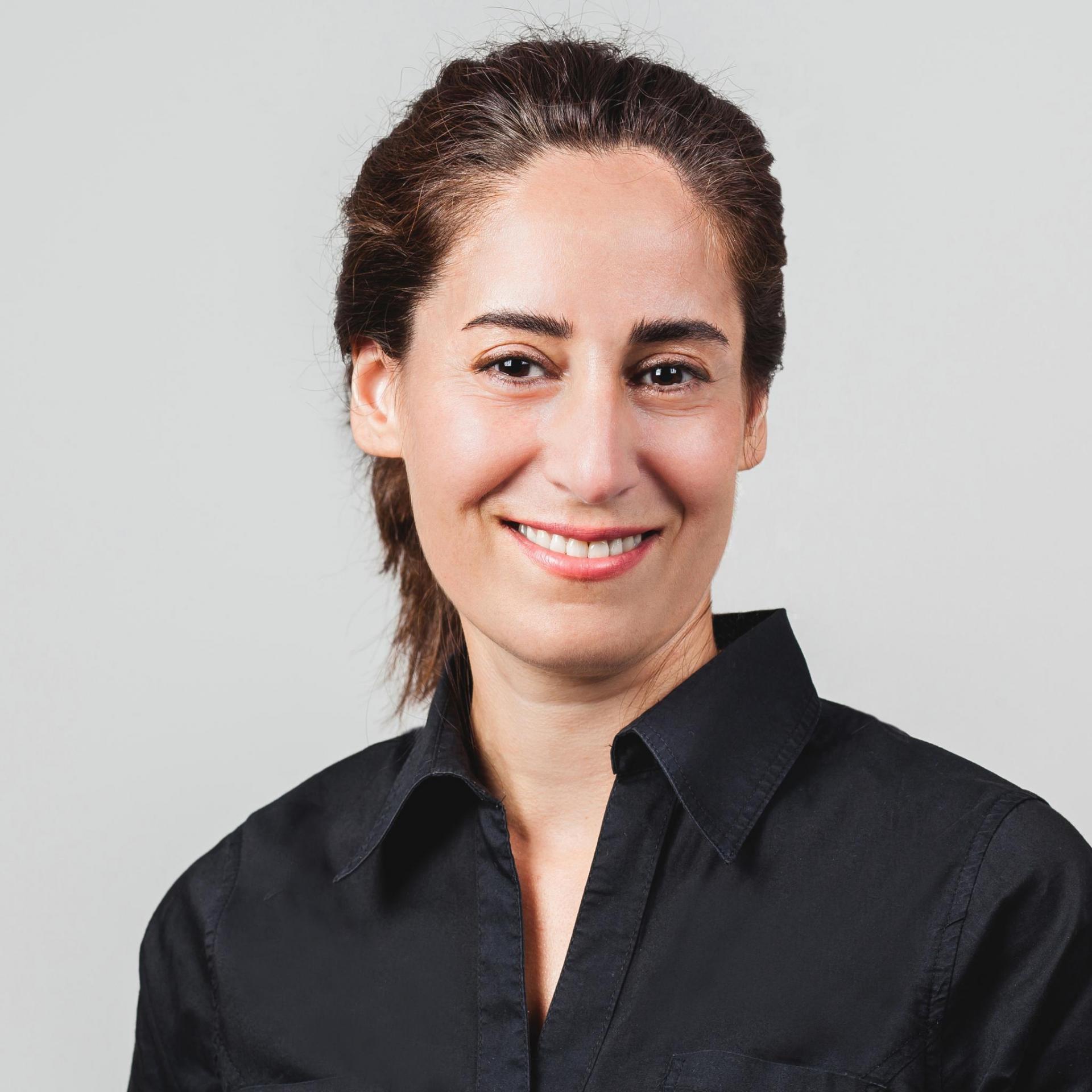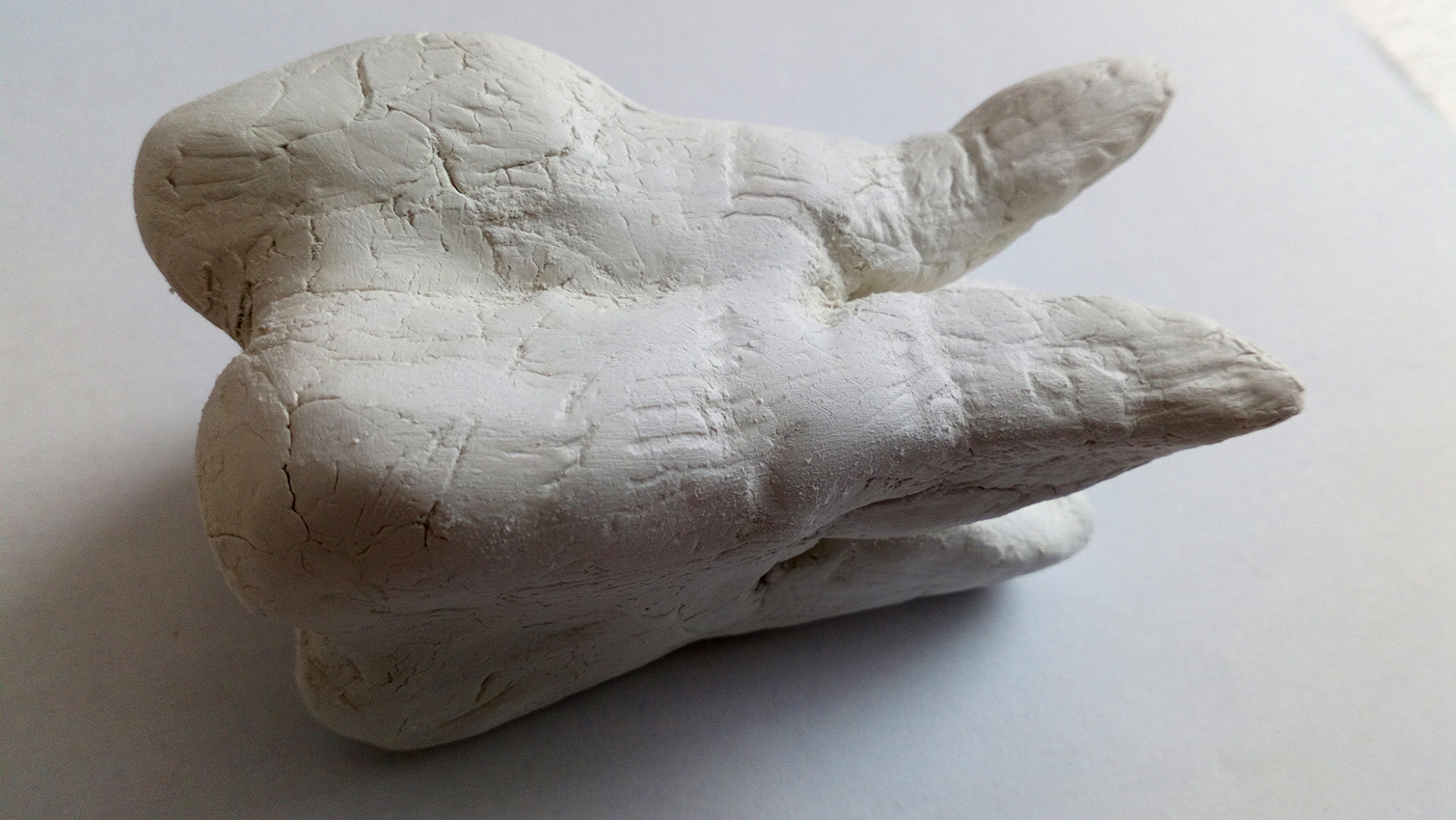



Baharak Omidfard is an artist, curator and art historian. She studied visual communication at Teheran University of Art and art history and Islamic studies at Albert Ludwigs Universität of Freiburg, focusing on sacral buildings. As an artist, she took part in exhibitions in Iran and in Germany. In parallel, during the last ten years, she has curated art exhibitions in Switzerland and in Germany and written partly journalistic texts on contemporary art. In 2018/2019, was awarded the Curator’s Scholarship of the Rhineland Palatinate Foundation at the Balmoral Castle House of Artists. She has professional experience in museum contexts. She is currently designing projects at the interface between art and society.
Contact:
Illustrating my history with pottery, 2019

In the summer of 2019, I worked at IN VIA, reg. Ass., together with women of Afghan and Yazidi origin and developed the project “Illustrating my history with pottery”, which was based on the visualisation of storytelling. The idea was to open up one’s own areas of experience and communicate the stories – together with other participants as a connecting element. The aim was to gain mutual confidence and create spaces for encounters and communication. While doing pottery, topics such as what used to be and what is now home, emancipation and women’s rights arose. For the sake of privacy, taking photos was not allowed at IN VIA, which is why I later on designed the “Tooth of pain” object which relates to a participant’s story and her toothache while fleeing.
What have you taken home from this project for your artistic activities?
For my work as an artist, as a result of the project, I realised the importance of recognising the needs of the group and developing creative or artistic methods for them, and I realised the significance of accepting all forms of insight as equal and involving them in the work process.
Which topic turns up again and again in your artistic activities?
The following topics are involved in my interdisciplinary work and research:
collections and archives as an art strategy, curator activity as an art medium, bidding farewell as a strategy for a new start and to illustrate the events of the day.
What do you seek to achieve with your arts education activities?
With my arts education activities, I seek to create more acceptance of diversity in the art and cultural landscape, as well as to contribute to inter- and trans-culturality becoming commonplace in the art and cultural context and to sociocultural interests being considered in arts education.
What, in your view, is the essence of an artistic intervention in arts education?
I regard combining artistic intervention with arts education as a highly interesting and, indeed, necessary endeavour. To me, artistic intervention is a constructive critique of the existing ossified structures in arts education aimed at being able to agilely address the diversified urban society in the here and now. Such “interventions” can act as opening spaces and opening strategies for interaction and participation in which inter- and transcultural conflicts can stimulate the development of identity at individual and organisational level.